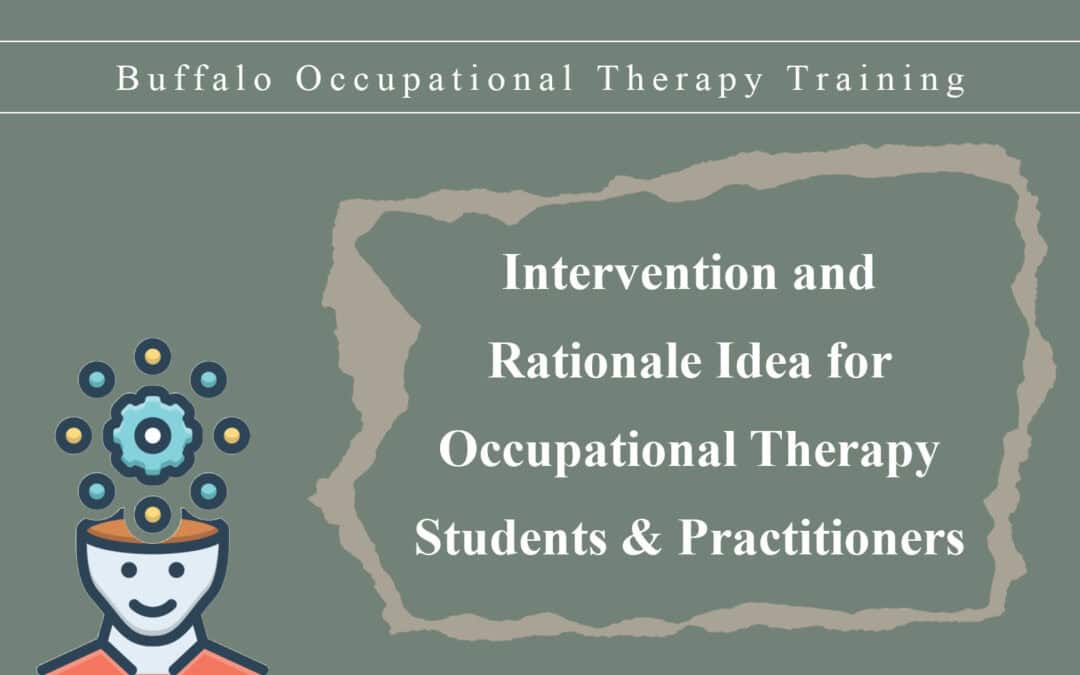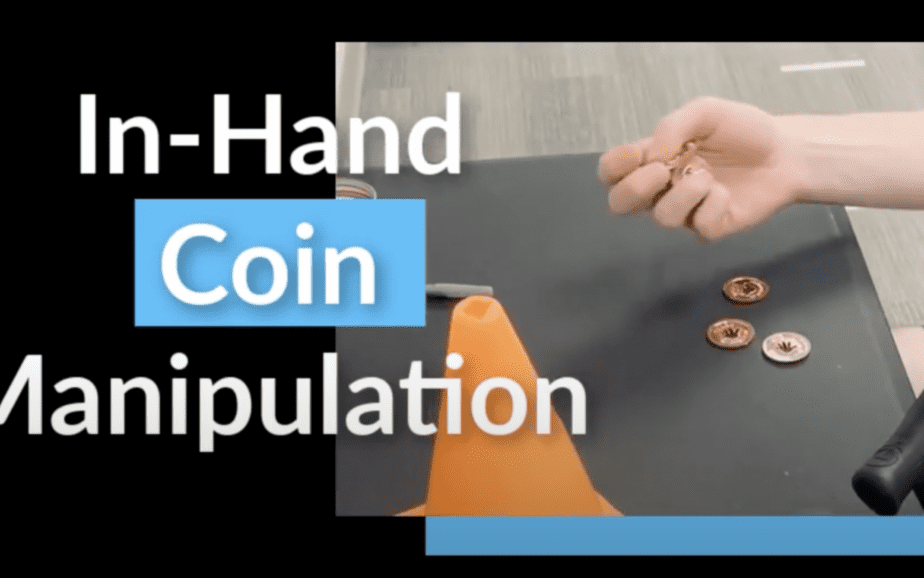
Baoding Balls | Occupational Therapy Interventions
Fine Motor Strengthening – Baoding Balls
Occupational Therapy Intervention : Fine Motor Strengthening
Documentation and Activity Rationale
The patient engaged in Baoding balls 2 x 2-minute intervals in the left hand to promote intrinsic muscle strength, stability, and control and wrist, muscle isolation, manipulation, passive tendon glides, and muscle stamina/endurance.
Grading Strategies
Grading Up:
- the ultimate goal is to have enough control in order for the balls not to touch
Grading Down:
- decrease time and repetitions
Appropriate Diagnoses / Deficits
- generalized weakness
- atrophy s/p hand and/or wrist surgery
- CVA
- TBI
Baoding balls, also known as Chinese meditation balls, are small, handheld balls that can be rotated in the palm. Traditionally used for relaxation and stress relief, Baoding balls have found a valuable place in occupational therapy for their ability to enhance fine motor skills, dexterity, and hand strength. They are versatile tools that can be adapted for use with a variety of clients, from children to older adults, and for a range of therapeutic goals.
Benefits and Applications of Baoding Balls
In-Hand Manipulation
- Finger Isolation and Coordination: Rotating Baoding balls requires precise movement of the fingers, promoting finger isolation and coordination. This skill is essential for tasks like typing, writing, and using utensils.
- Dexterity: The challenge of moving the balls in different directions and patterns enhances dexterity. This improves the ability to perform complex hand movements required in activities like playing musical instruments or engaging in crafts.
Intrinsic and Extrinsic Hand Strengthening
-
Intrinsic Muscles: These small muscles within the hand are crucial for fine motor control. Using Baoding balls can help strengthen these muscles, improving grip strength and the ability to perform delicate tasks.
-
Extrinsic Muscles: The larger muscles that control the hand movements from the forearm also benefit from this exercise. Stronger extrinsic muscles support activities that require sustained hand and wrist movements, such as gardening or lifting objects.
Calming and Attention
-
Mindfulness and Stress Relief: The rhythmic, repetitive motion of Baoding balls can have a calming effect, similar to meditation. This helps reduce stress and anxiety, promoting a sense of well-being.
-
Improved Focus: Engaging in the activity requires attention to the movements, which can help improve focus and concentration. This can be particularly beneficial for individuals with ADHD or other attention-related challenges.
From Therapy to Everyday Life: The Occupational Benefits of Baoding Balls
Baoding balls are more than just therapeutic tools; they serve as bridges to enhanced occupational performance. By incorporating Baoding balls into therapy sessions, clients can experience significant improvements in their daily activities. For example, the improved in-hand manipulation and finger coordination developed through the use of Baoding balls can directly enhance handwriting and typing skills. This is crucial for students, professionals, and anyone who needs to communicate effectively through written words. The strengthened intrinsic and extrinsic hand muscles gained from Baoding ball exercises translate to greater ease in performing everyday tasks such as buttoning clothes, opening jars, or carrying grocery bags. These improvements lead to increased independence and confidence in daily life.
Moreover, enhanced dexterity and fine motor control benefit clients in their hobbies and recreational activities, such as playing musical instruments, painting, or engaging in crafts, ultimately enhancing their quality of life and personal satisfaction. The calming effect and improved focus resulting from the rhythmic, repetitive motion of Baoding balls help clients manage stress and maintain attention during work or study, which is particularly beneficial in high-stress occupations or academic settings. Additionally, the integration of cognitive and motor skills developed through Baoding ball exercises supports better performance in tasks that require both cognitive and motor abilities, such as cooking (following a recipe while handling utensils) or driving (processing information while controlling the vehicle). Overall, the use of Baoding balls in therapy promotes safer and more effective task performance, helping clients achieve greater independence and an improved quality of life.
.




